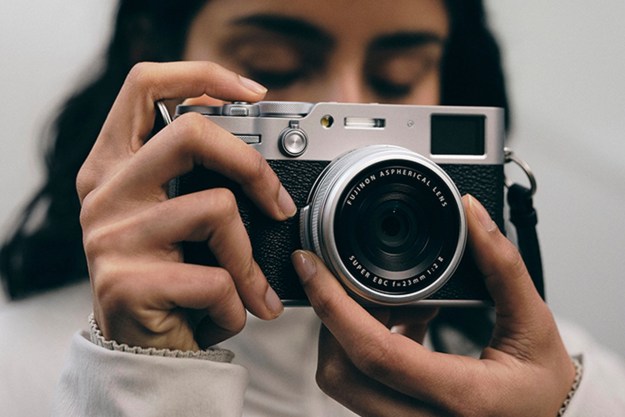YouTuber and wildlife photographer Steve Perry posted a new video tackling this issue over on his channel. In the video, Steve tests a couple of Nikon full-frame DSLR cameras, the D5 and D810, against Nikon’s top-end crop sensor DSLR, the D500. In the test, Steve pits the full-frame camera and lens with a teleconverter against the same lens without a teleconverter on the D500.
In the sharpness category, the test was pretty clear on one thing: A full-frame sensor paired with a lens and a teleconverter will always lose sharpness when compared to a crop sensor camera of similar resolution. However, if you compare a full-frame sensor of a higher resolution (like in the D810 tests later on in the video) and downscale it, then you actually see about the same or slightly better sharpness.
But as Steve points out in his video, sharpness is not the whole story. Two big things to consider when adding a teleconverter into your mix are that you lose a stop of light, and that your AF performance will not be as good as it would be without one. This could lead to you missing shots that you would have normally captured had the teleconverter not been in your kit.
This is not to say that crop is better than full-frame, or vice versa. Each can be used to great effect in many situations, but in this particular case, the evidence points to it being a better idea to go with the crop sensor camera, rather than a teleconverter, if sharpness is your No. 1 priority. Just something to keep in mind.
Editors' Recommendations
- The best full-frame cameras
- Nikon D750 vs. D780: 5 years in the making, Nikon’s newest proves its worth
- The Nikon D780 is finally here, with 4K video and insane battery life
- Panasonic Lumix S1 vs. Nikon Z 6: Entry-level camera comparison


